In Your Neighborhood: Mantua
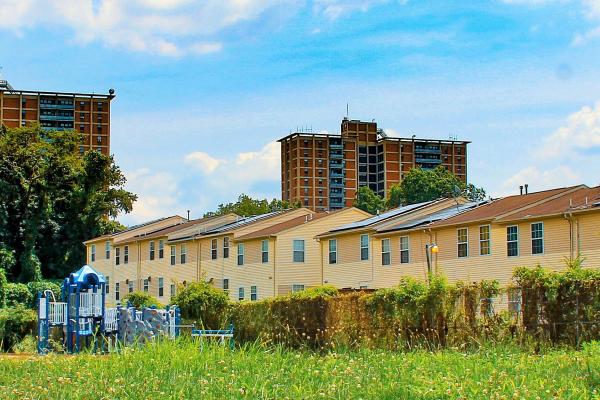
For three quarters of the past century, public housing has controversially served low-income residents of several West Philadelphia neighborhoods.
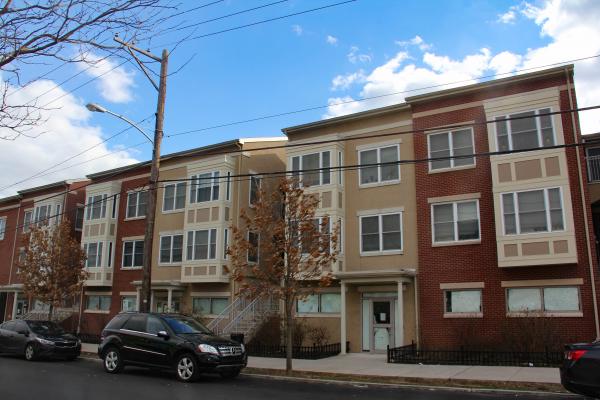
Opened in 1961 in the working-poor, black-segregated neighborhood of Mantua, Mantua Hall was an 18-storey, 153-unit modernist apartment tower built to house 495 people.
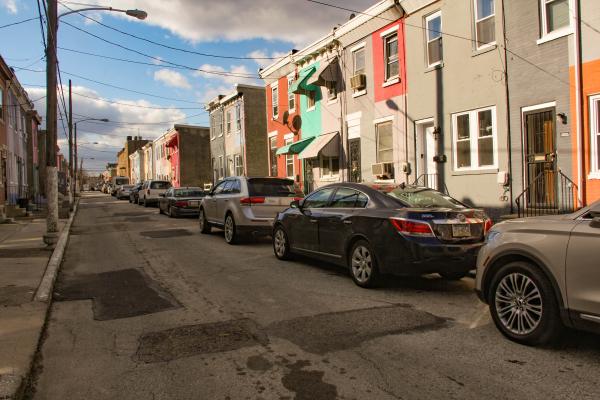
In 2014, President Barack Obama designated Mantua and several other poor neighborhoods north of Market Street as the West Philadelphia Promise Zone.

Herman Wrice, who founded Mantua Against Drugs (MAD), led a brave 15-year campaign to drive narcotics dealers from Mantua and to shut down their crack houses.
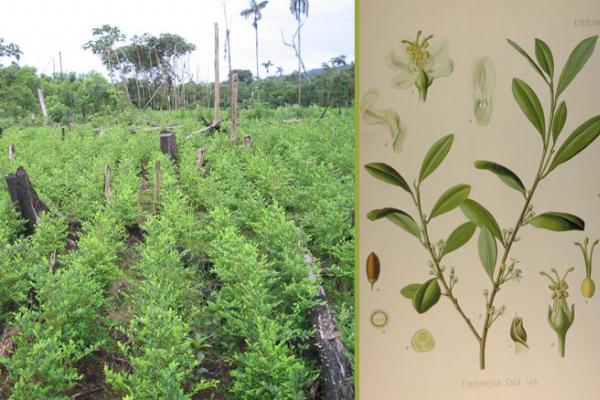
Harsh social conditions made Mantua, a high-poverty African American neighborhood, vulnerable to the devastation of the crack cocaine epidemic of the 1980s and 1990s.

Acceleration of the Great Migration of southern blacks moving north between 1940 and 1950 transformed Mantua from a majority white to a majority black neighborhood, whose population by 1960 was virtually all-African American.
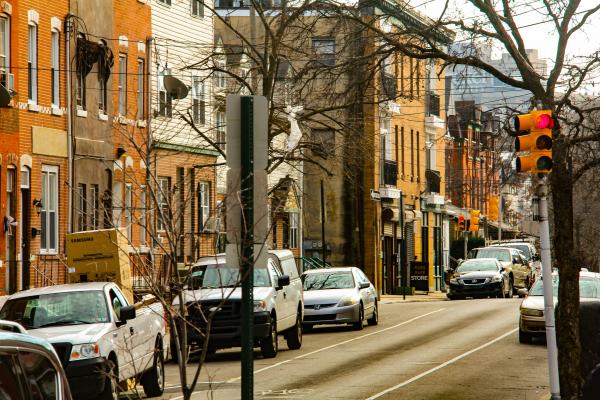
In the decades after World War II, Mantua was a poor majority-African American neighborhood in West Philadelphia’s northeastern section. In the 1980s, Mantua Against Drugs worked to halt the spread of crack cocaine in this neighborhood.
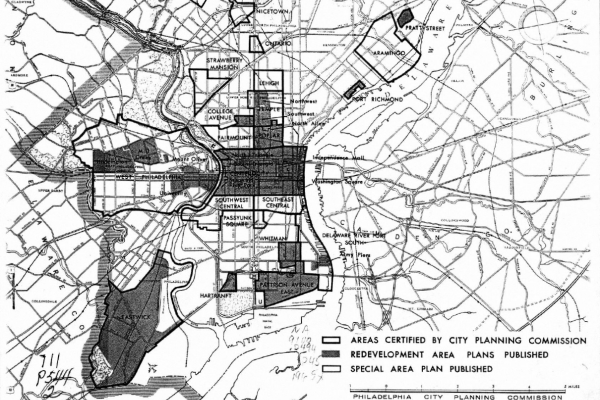
Following World War II, urban renewal provided the resources for city officials and developers to create dramatic changes to the physical and social landscape of West Philadelphia.
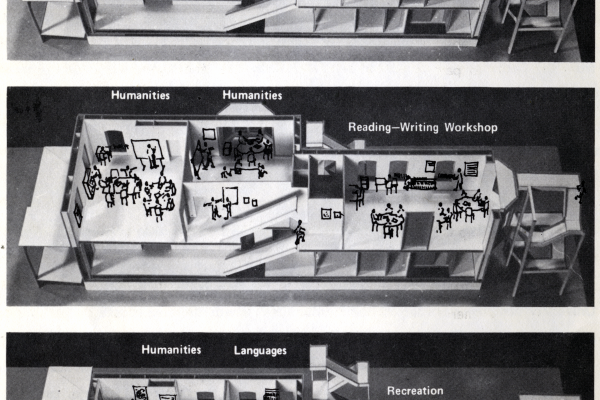
The West Philadelphia Community Free School—an experimental school annex created to alleviate overcrowding at West Philadelphia High School—was ultimately undone by conflicting visions for how it would function.